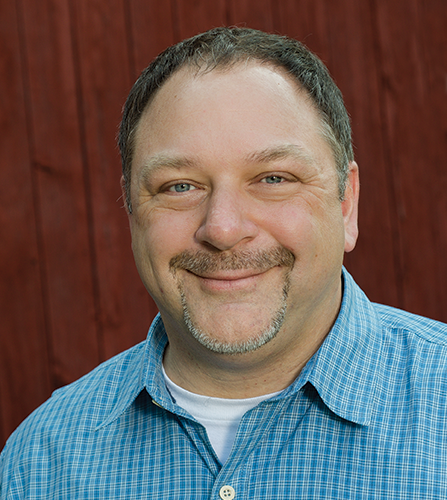“What’s past is prologue.” You’ll find this phrase in Shakespeare’s famous play, Tempest. Inscribed on the National Archives Building in our nation’s capitol, the words mean that history continually repeats itself and influences the present.
The other half of that line, which isn’t heard as often, says “what to come, in yours and my discharge.” It’s another way of saying that what the future brings is up to you and me.
That’s what Dr. Lowell Catlett, a professor at New Mexico State Univ., recently explained to nearly 200 equipment dealers at Mahindra USA’s National Dealer Meeting in Fort Worth, Texas, earlier this year.
Using a blend of humor, sarcasm and cold numbers, Catlett told dealers the recession is over and it’s time to focus on what remains — unprecedented wealth that has accumulated in the world.
In North America, a large amount of net worth has accumulated — $54 trillion in the U.S. and $7 trillion in Canada. About 93% of the banks didn’t take TARP money, so our banks are healthier than many people think, Catlett says.
Catlett’s main point is the coming generation’s beliefs about wealth and happiness. The World War II generation was about sacrifice, making ends meet and being happy with what they had. But most of that remarkable generation will pass within the next decade.
As Baby Boomers retire to the country, the operative words will be organic, “green” and “free-range chickens,” and there will be more and more women with horses complaining about having to vacuum alfalfa seeds from their SUVs, Catlett says. Ranch values won’t be judged by the quality of the forage, but their proximity to a resort.
Consumers are also spending record amounts on their pets, and that bodes well for rural lifestyle dealerships, he adds. In 1890, there were 6.8 million horses in the U.S. A decade ago, it was 7.3 million, and today it’s 9.3 million, with the average horse being ridden twice a year.
“I want a ranch. I don’t know why, but I want a ranch,” Catlett says, paraphrasing the thoughts of many rural lifestylers today.
Several weeks later, after the dealer meeting, I asked Catlett what he thinks is behind the rural lifestyle movement.
“Some want a slower-paced lifestyle, some want the western cowboy lifestyle, some want independence, some want the perceived health benefits, some want horses and animals that they can’t have in urban areas, and some just want to own land,” Catlett says.
“There may be more reasons, but I think there are enough that the trend is real and not a fad, especially as the size of ranches and farms get smaller so that more people can afford rural lifestyles.”
History has proven that for human beings to be healthy and happy, they can’t be separated from plants, animals and other people, Catlett says.
Most people go to rural areas to be in no-stress environments, and as Baby Boomers retire, there will be more and more of them wanting to head in that direction. Nursing homes and assisted living centers will have not only medical staff, but horses, dogs and cornfields to walk in, predicts Catlett.
If equipment dealerships play their cards correctly, they could own the movement to rural America as customers keep buying compact tractors, utility vehicles, hay rakes, mowers and the like.
“Dream space is your market,” Catlett told dealers. “Do not sell people products and services. Sell them their dreams.”





Post a comment
Report Abusive Comment